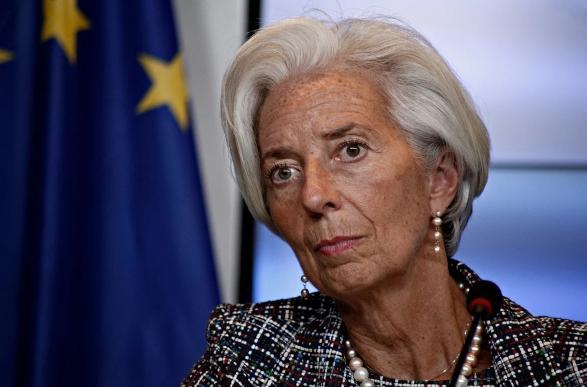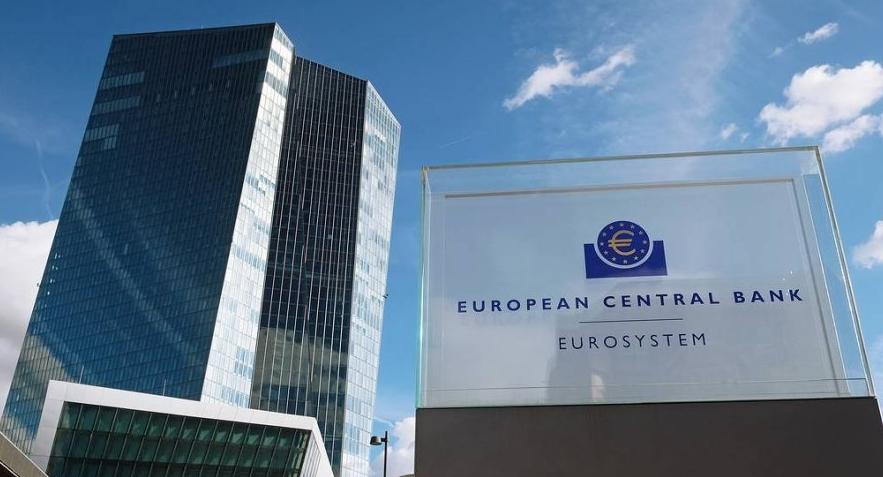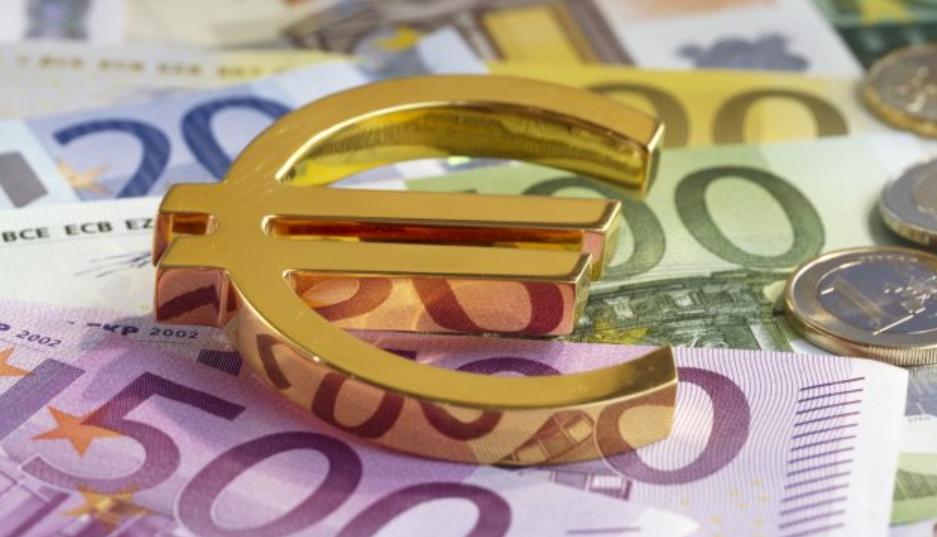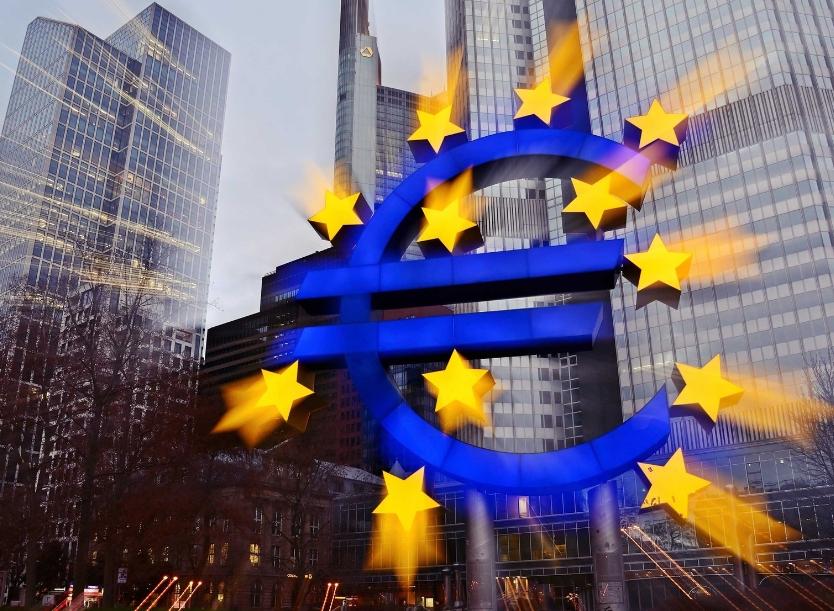
When the European currency regulators, led by Christine Lagarde, announce a rise in interest rates, many people often wonder: “What does that have to do with me?” A closer examination shows: it has a lot of influence.
Despite avoiding a major economic crisis and preventing runaway inflation, the ECB still faces a significant challenge: it aims to control people’s spending to prevent inflation. However, if it reduces demand too severely, it could threaten businesses and potentially trigger a recession.
The success of this delicate balance largely hinges on the ECB’s interest rate choices. If borrowing costs for banks increase, they pass these extra costs to consumers. So when the ECB raises interest rates, it also affects consumers, both in their spending choices and savings options.
What is the connection between ECB interest rates and inflation?
The ECB is the protector of the euro currency in the Eurozone. Its main objective is to maintain stability of the euro by preserving a healthy balance between demand and supply as much as possible. However, in recent months, supply has declined significantly compared to demand – essential goods were scarce due to disrupted supply chains, as well as the energy needed to produce goods.
This imbalance caused inflation in the Eurozone, leading to a rise in the cost of all goods and services by as much as 10%. Although this inflation decreased to 8.5% in January, the ECB must make sure that inflation continues to decrease. The central bank has set a target of 2%. To achieve this, the ECB uses its most influential tool: the key interest rate.
What does the prime rate specifically do?
Initially, the key interest rate primarily affected private banks. For instance, if a local savings bank needs to borrow money to repay a loan to a customer, they have to obtain the funds indirectly from the ECB.
However, the savings bank must pay interest on the loan it receives. These interest rates are determined by the prime rate. The ECB does not raise the prime rate primarily to earn profit for itself, but rather to control the money supply within the European Union.
In simpler terms, if the ECB raises interest rates, it makes borrowing more expensive for banks and they pass on these increased costs to their customers, in the form of higher interest on loans. As a result, borrowing becomes more costly for both individuals and businesses. This decrease in aggregate demand helps to balance supply and demand.

How effective is this process?
From the ECB’s perspective, this mechanism has been successful so far. Inflation in the euro area has declined, from 5.1% in January 2022 to 10.6% in October 2022, meaning that the cost of living increased by an average of 5.5% within a ten-month period. Energy and food prices were the main drivers of inflation.
By raising the interest rates, the ECB has effectively made borrowing from them more expensive for banks. In turn, banks pass on this increased cost to their customers in the form of higher interest rates on loans. The goal of this is to curb inflation and restore balance between demand and supply. So far, this mechanism has worked well, with inflation in the euro area falling from 10.6% in October 2022 to 8.5% in January 2023. The ECB has gradually increased the interest rates to 2.5% from 0% through 2022. Some experts predict the interest rates could reach 4% by summer 2023 if inflation continues to decline.
Concerns exist that if the ECB raises key interest rates too quickly and excessively, it could result in a decrease in consumption among individuals in the EU, causing a drop in demand and potentially leading to business failure.
To what extent do ECB interest rates affect private consumption?
So, when the ECB raises its key interest rate, it makes borrowing more expensive for private banks, which in turn passes on these higher borrowing costs to their customers in the form of higher interest rates on loans. This can make it more expensive for individuals and companies to borrow, reducing overall aggregate demand, which helps to keep inflation in check. However, if interest rates are increased too quickly or too much, it could lead to a decrease in consumer spending, potentially causing a slowdown in the economy.
Due to the increased lending fee that private banks have to pay to the ECB, interest rates for private loans have also gone up, leading many people to reconsider their plans of buying their own homes. The increase in interest rates has resulted in several hundred euros more in loan costs, making real estate investments less attractive for many. This is a concrete example of the impact of ECB’s interest rate decisions. The situation is similar for loans taken by companies, making it more challenging for business owners.
Does the interest rate policy also have positive effects for consumers?

For savers, the high interest rates have a positive impact. Although it is still in its early stages, some financial institutions have started to offer interest on fixed-term deposits. Fintechs, or financial start-ups, currently offer their customers around 2% interest per year on long-term investments. It is expected that traditional financial institutions will soon follow suit, according to Sascha Straub from the Bavarian Consumer Center.
However, Straub advises caution in this regard: Even two percent interest on deposits may not compensate for inflation at six percent. It may take some time for these two values to converge before saving is truly worth it again. In any case, you shouldn’t switch banks quickly and definitely not enter into long-term agreements.
Has the danger of a recession now been averted?
Despite the rise in interest rates, there are many indicators suggesting that there will not be a deep recession and that economic output will not significantly decline. Many companies still have full order books, indicating a continued demand. The job market remains stable, with unemployment levels remaining steady. There are also upcoming collective bargaining rounds this year, which could lead to rising wages in the medium term, restoring the balance between consumption and savings.
The inflation rate seems to have stabilized. According to the ifo Institute in Munich, prices for goods and services are expected to remain constant while energy prices are expected to decrease. Additionally, fewer and fewer companies are planning to increase consumer prices based on recent surveys.



